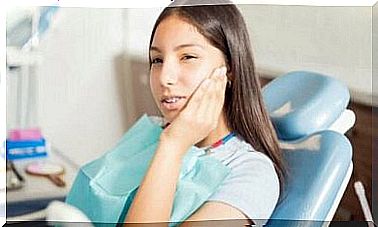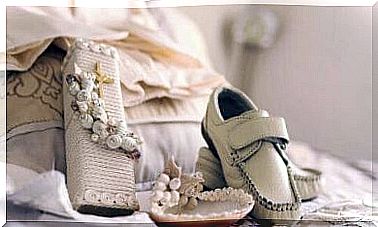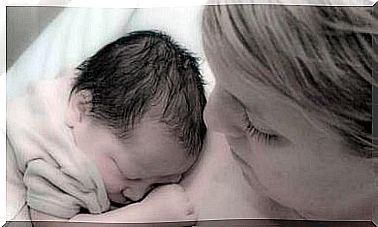Milium Seeds In Newborns – Parenthood
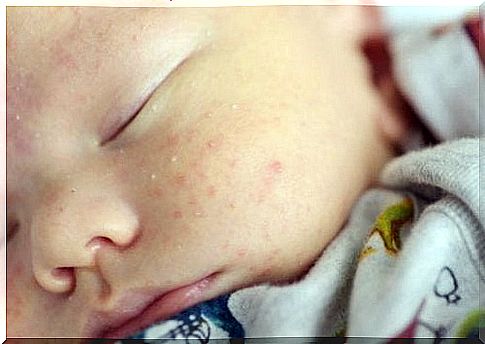
Milium seeds are lesions of the skin, the main characteristic of which is the presence of small white grains or cysts on the skin of the newborn. It is a frequent lesion. Indeed, 40% of babies develop these small pimples which contain keratin.
Milium seeds in newborns
What is that ?
Milium seeds in newborns are white or yellowish rashes that are 1-2mm in diameter and usually appear on the face. Concretely, these lesions appear on the baby’s cheeks, forehead and chin. Sometimes they can also appear in the mouth.
Thus, milium grains come in the form of small skin cysts that are filled with a keratinous substance.
When squeezed, a material is obtained that looks like small white pearls, which are formed by remnants of keratinocytes. Note that no diagnostic test is necessary to determine the presence of milium.
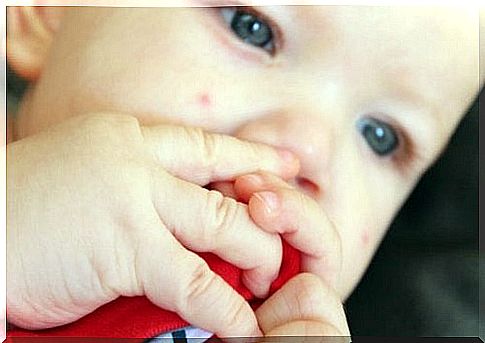
What is the cause of its appearance?
Milium seeds appear when dead epithelial cells get stuck in the small cavities on the surface of the baby’s skin.
This is what causes the rash of small white dots on the skin. Its appearance is often confused with that of acne in babies, although these are two different conditions.
What are its effects ?
Milium seeds in newborns do not cause disorders. Indeed, he does not feel any discomfort or pain. These little pimples do not cause fever, itching, or any other type of complications. Moreover, they do not require medical treatment either.
Are there any risks for the infant?
The first thing to know is that milia cysts are benign. Nevertheless, on rare occasions, they can appear with skin diseases like Bazex-Dupré-Christol syndrome, Rombo syndrome or Gardner syndrome.

Treatment of milium seeds in newborns
It must be taken into account that the skin of the newborn is delicate and that it must be treated with special care to avoid the proliferation of germs that can cause serious diseases.
Therefore, you should take the following things into account when caring for your baby’s skin:
- You should not rub the skin or try to remove the small grains, as you may injure the skin and leave scars.
- It is recommended to wash the affected area with a special soap for newborns.
- When the grains appear in a larger child or develop in more sensitive areas – such as in the mouth or around the eyes – they can take up to 4 months to disappear.
- If the grains do not go away after two months, you should see a pediatrician to examine your child.
Although in the majority of cases the infant does not need specific treatment, it is imperative to consult a doctor. He will thus be able to make a diagnosis that will reassure the parents and avoid the implementation of unnecessary treatment that could be counterproductive for the child.
